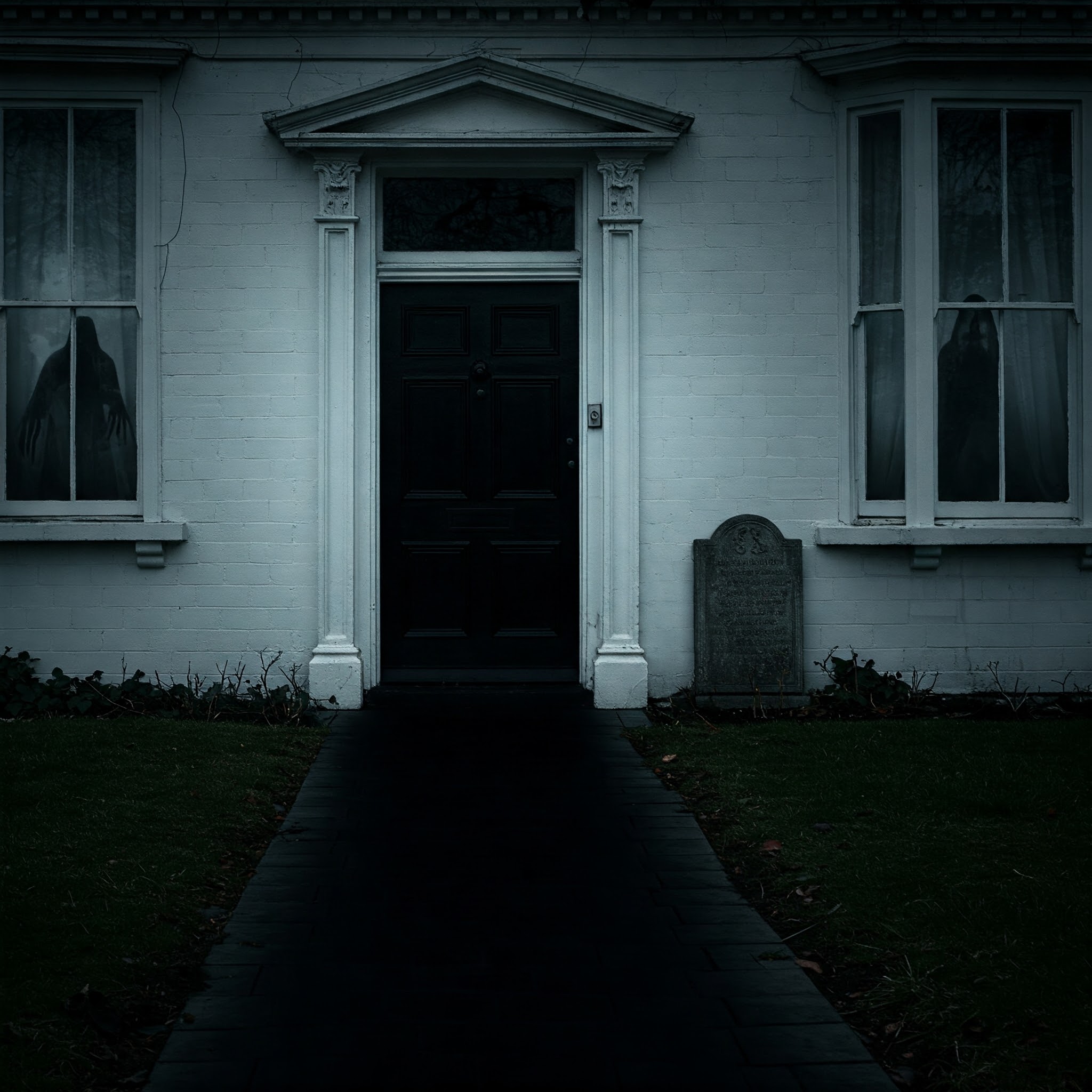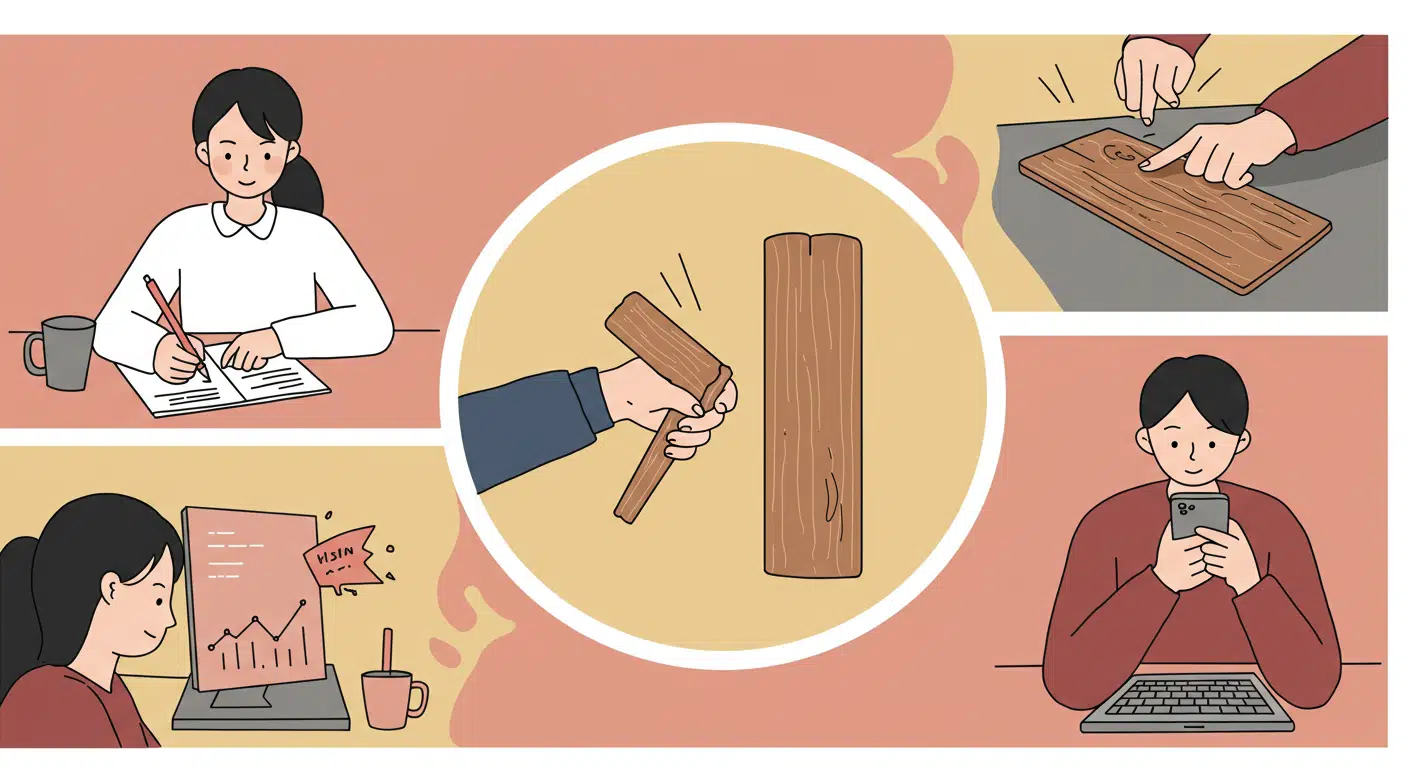According to household superstition in various cultures, painting a home’s exterior doors—particularly the main entrance—entirely black invites misfortune, illness, and death into the dwelling. This color prohibition applies specifically to the external surface rather than internal doors or door frames. Some traditions specify exceptions, such as black doors being acceptable for businesses, public buildings, or homes in certain locations. Others note that adding decorative elements in other colors can neutralize the negative effects of predominantly black doors.

A baby’s future career or fate is predicted by the first object they select during a ceremonial setup.
In several Asian and Eastern European cultures, a traditional ceremony is held for babies usually around their first birthday. Known


